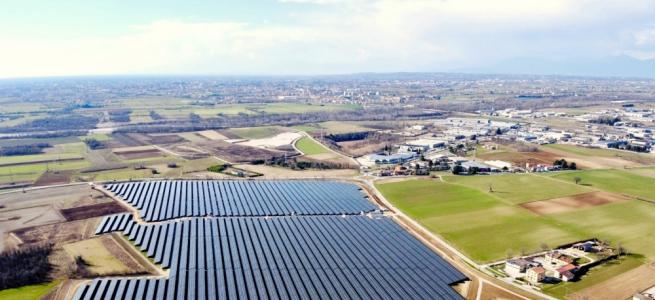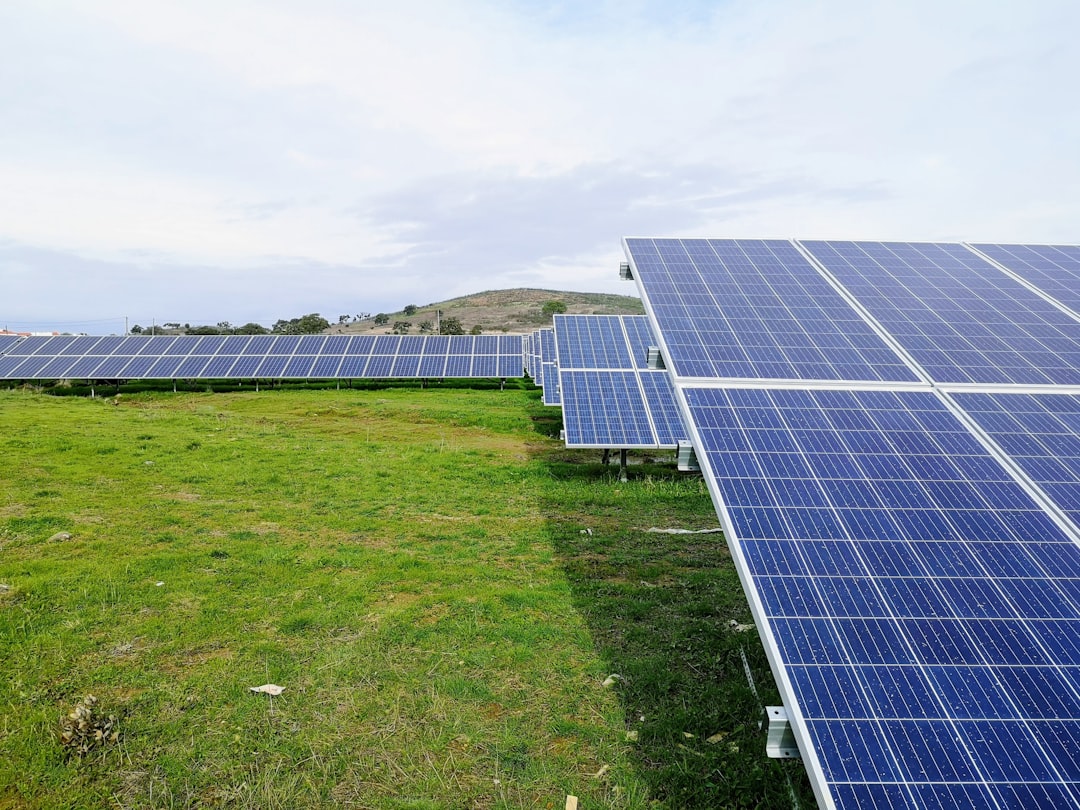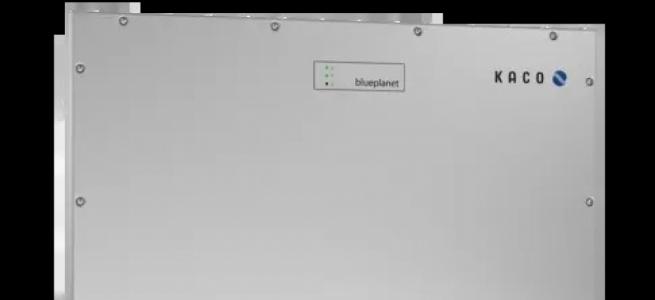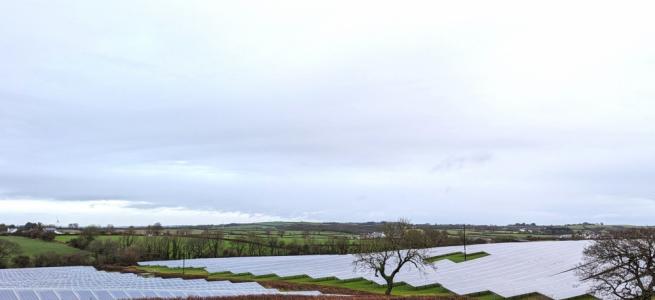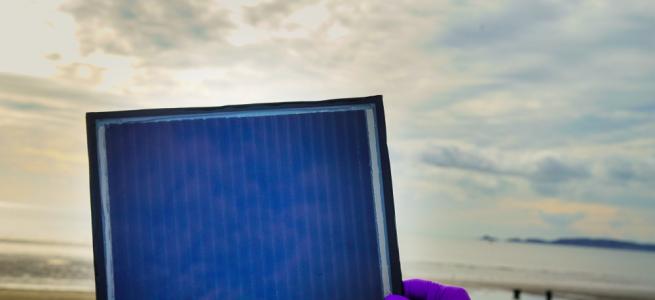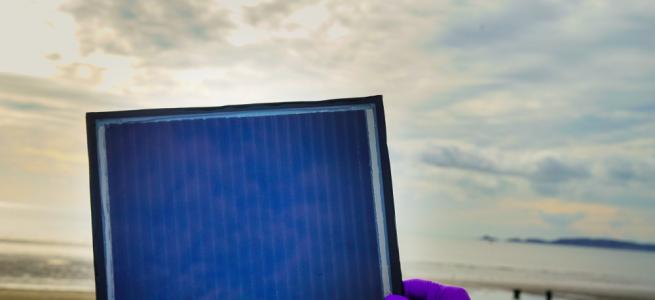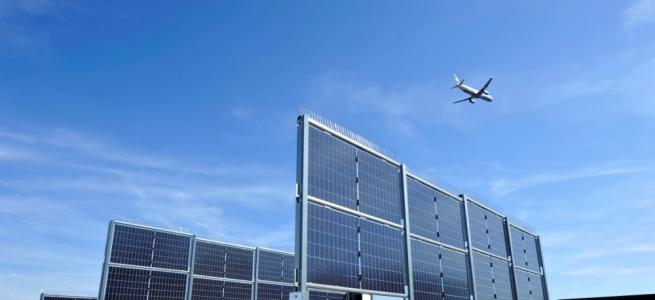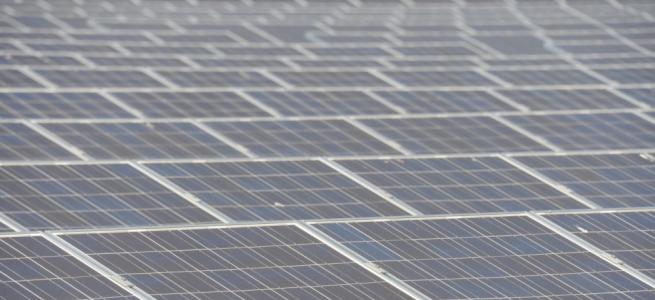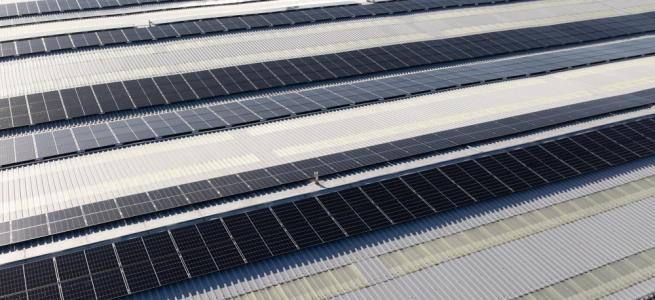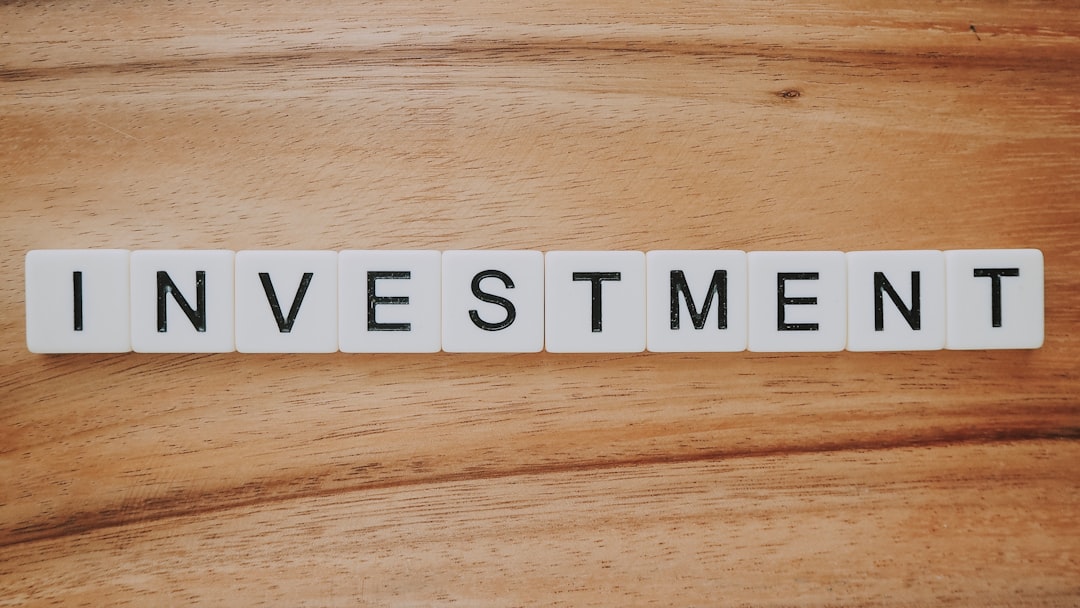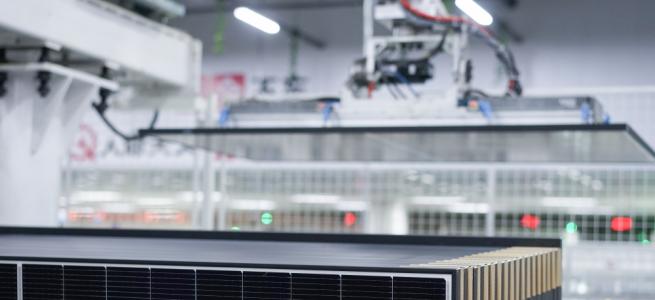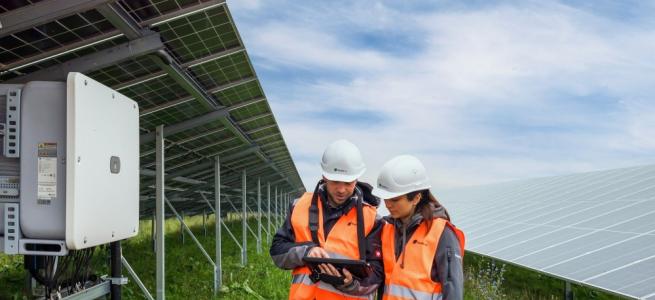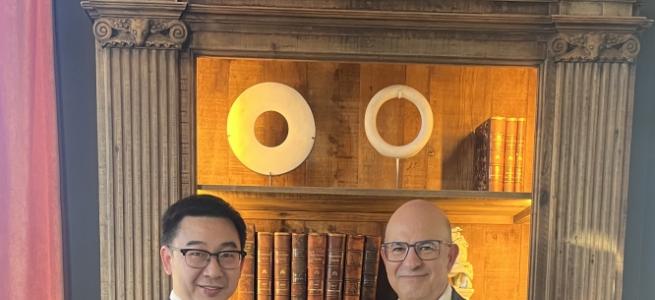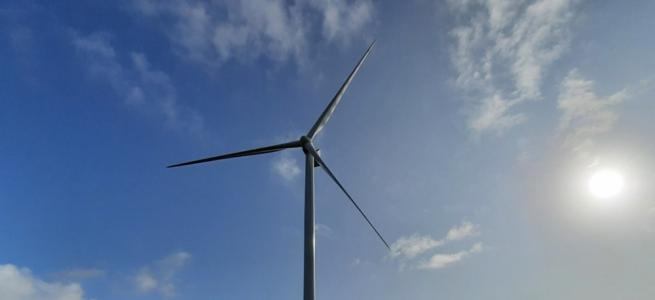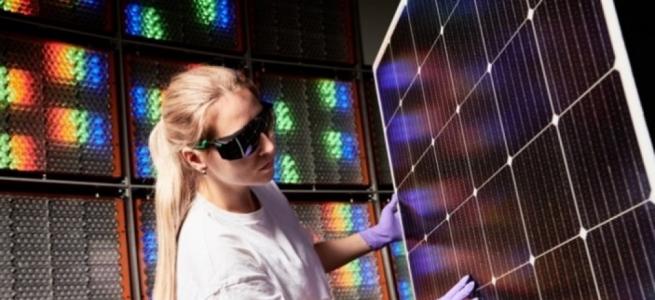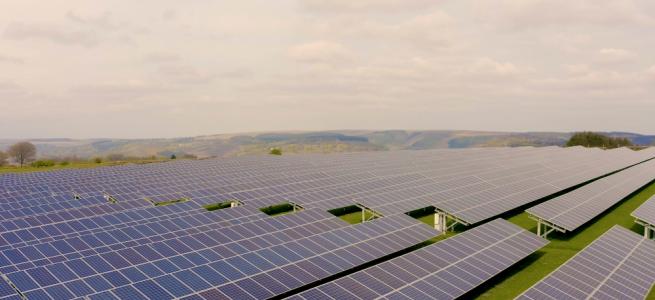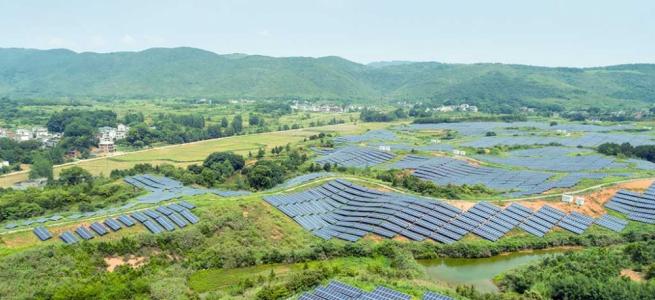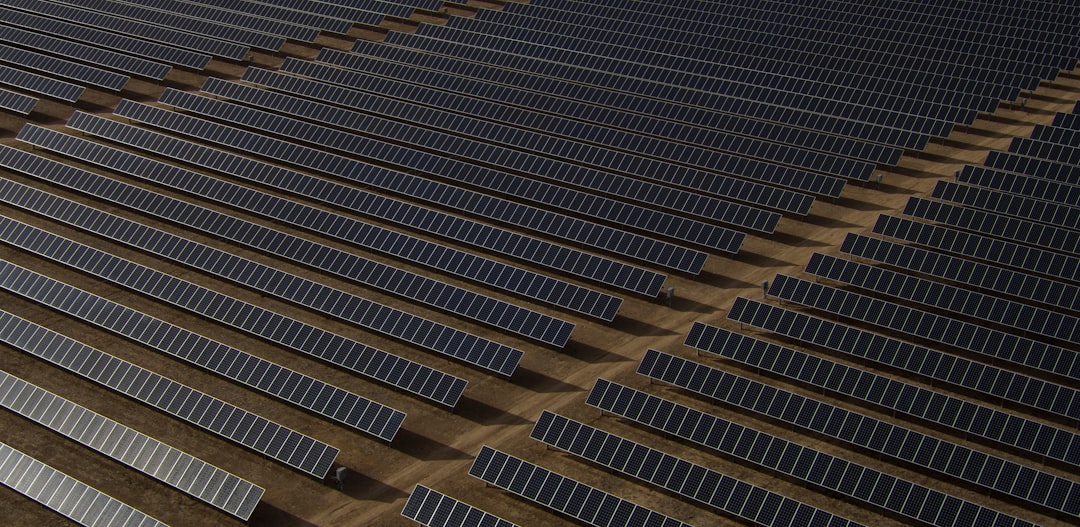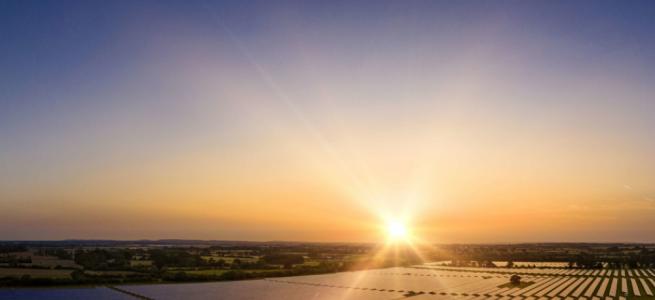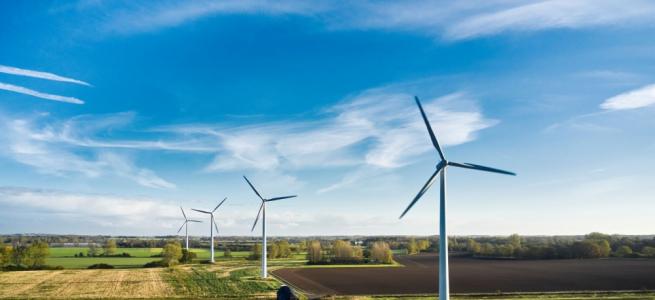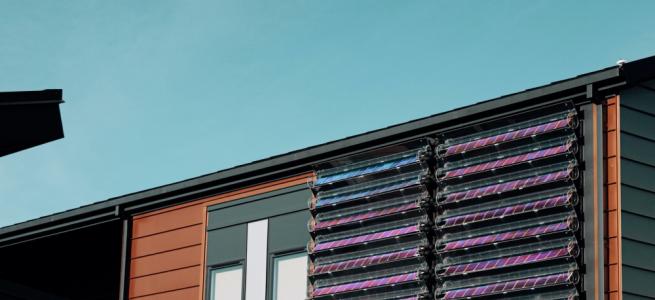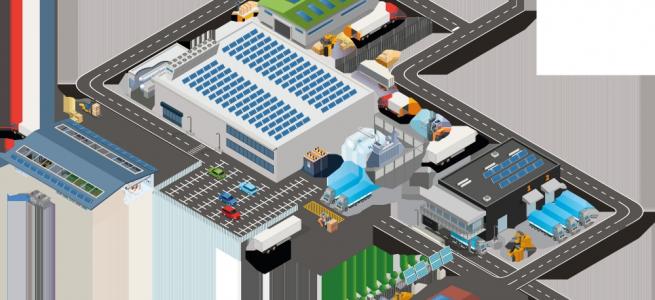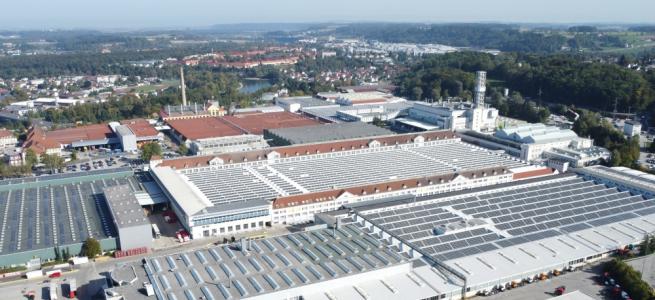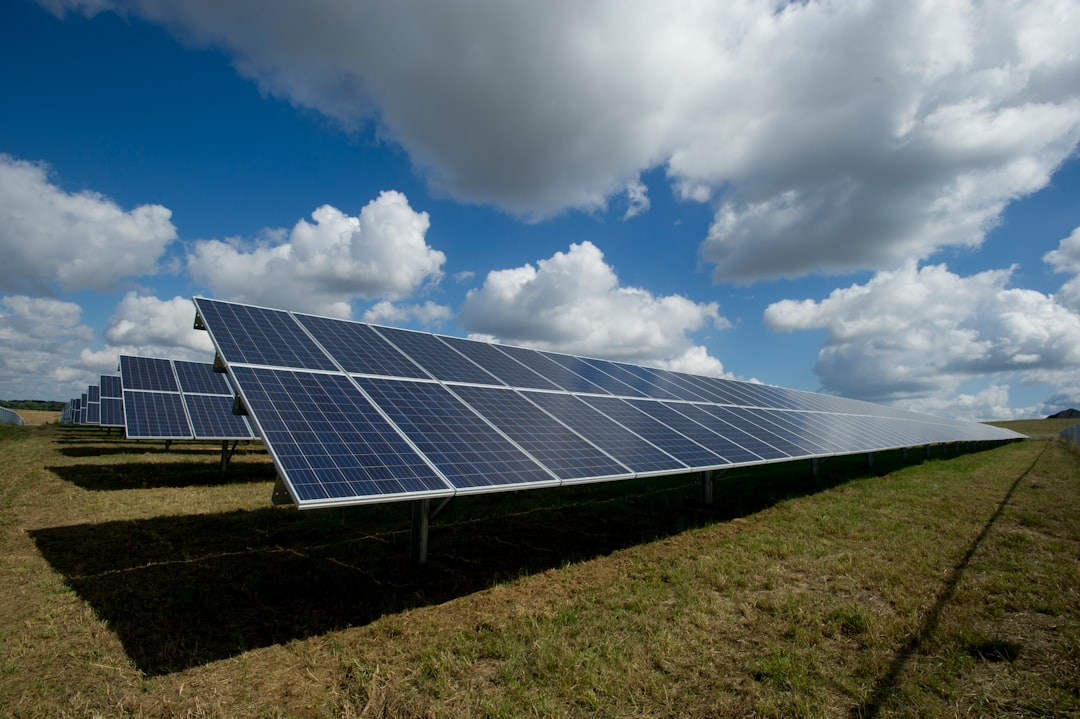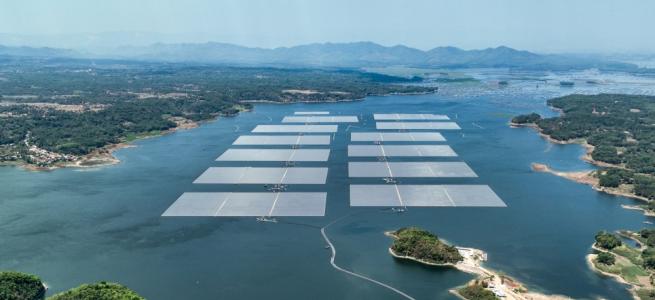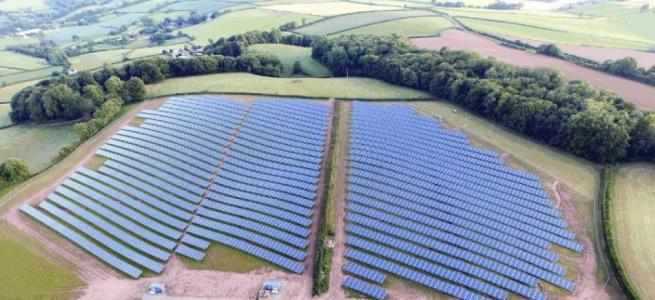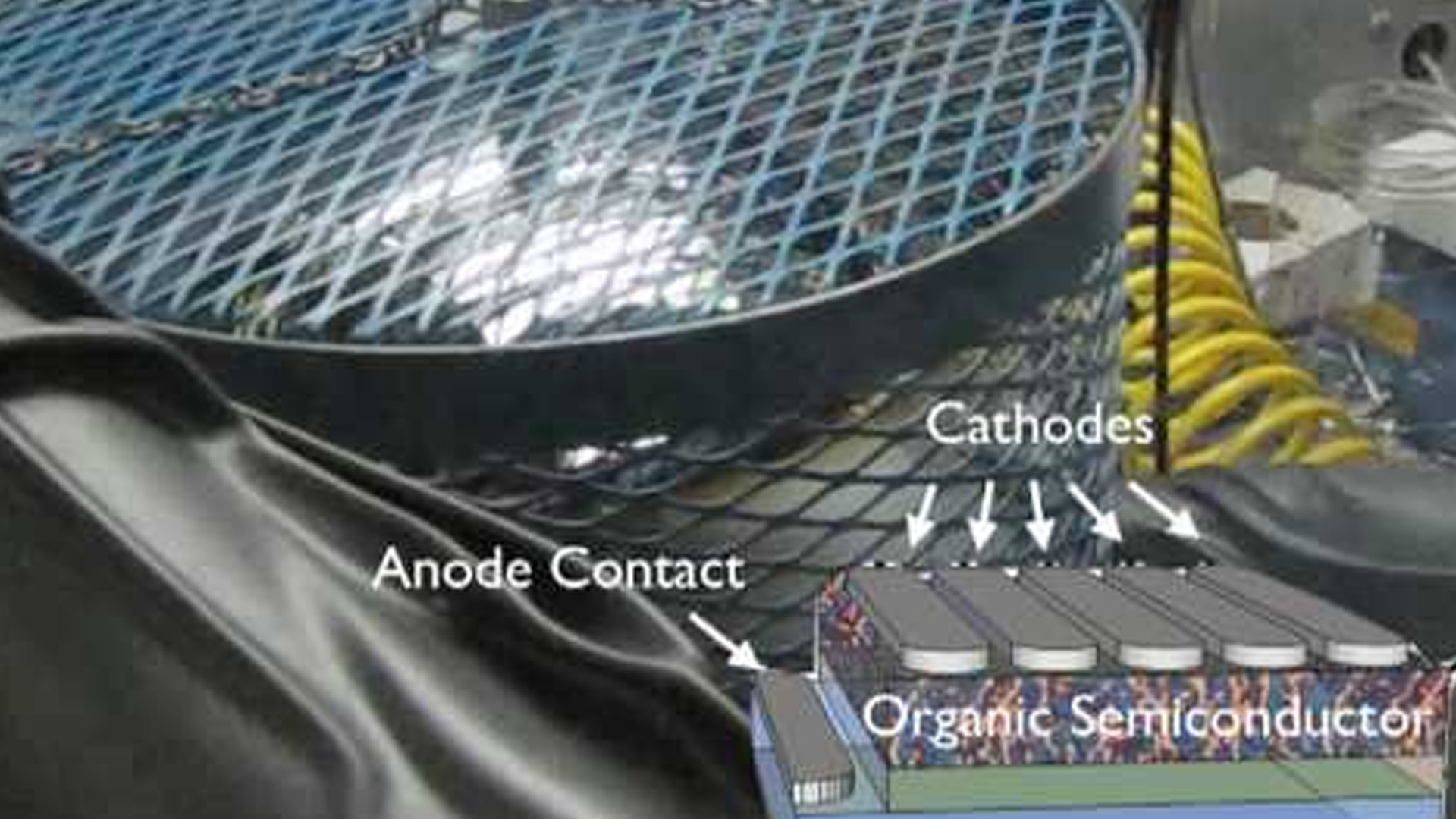Ultra-fine line double printing
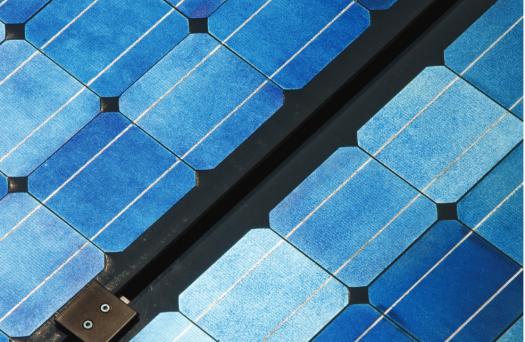
MANUFACTURERS of photovoltaic cells and modules are on the quest to increase the output and conversion efficiency of their products while lowering their cost per watt. Over the years, gains have been achieved through improved materials, better manufacturing processes and a variety of cell design architectures.
One concept that is consistent in most advanced cell designs is to maximize the available active surface area of crystalline solar cells to improve the cell's efficiency.
Finger line double printing is a technique many industry insiders support for improving cell efficiency. Conceptually, double printing gives cell manufacturers the ability to print very narrow line widths without compromising line quality by printing finger lines on top of each other. This can be a technology challenge. A cell manufacturer must have access to the proper combination of screens and metallization pastes to print relatively narrow lines with good line geometry characteristics during the print stoke. The screens themselves must be matched for the second print stroke. And the cell manufacturer must have equipment that can accurately align finger lines within microns for the second pass.
The Heraeus Photovoltaics Business Unit using their SOL9621 Series of front-side metallization pastes, in conjunction with Applied Materials and their Esatto Technology screen printing system, have demonstrated the ability to employ double printing technology to reduce finger-line widths, lower paste usage per cell and improve cell efficiency. The collaboration reduced finger line widths by 12 micron (25% width reduction), lowered pastes usage per cell by 17 milligrams (13.6% paste saving) and increased the absolute cell efficiency by greater than 0.2% compared to single printing technology.
Improved finger line quality
Paste printability is critical to cell performance. As line widths become narrower, paste formulations, screen designs and screen printing must be improved accordingly. Accurate double printing actually improves the final print of the finger line relative to single printing.
When printing through extremely narrow screen openings, there is always the possibility of line breaks and necking By double printing, line imperfections and breaks from the first stroke can be corrected during the second print stroke.
Applied Materials performed experiments comparing single printing and double printing of crystalline solar cells, both optimized for efficiency, using Heraeus' newest front-side silver paste, the SOL9621 Series.
The results from the optimized single printing method used a 35 micron screen opening, demonstrating finger lines with an average width of 48 microns and a height of 16 microns. In the double printing process, a 25 micron screen opening was used, and finger line widths of 36 microns with a height of 18 microns were obtained. Figure 1 shows the improved final print result of the double print cell relative to the single print cell. These results are achieved even though the double print screen openings are 10 microns narrower than the single print screen openings. The improved finger line quality of double printing provides production cost savings to cell manufacturers. Cell manufacturers have adopted automatic inspection systems in their production lines. When cells begin to show multiple line breaks, this will trigger an automatic stop in production to resolve the problem. This down time is significantly reduced due to the second stoke "repair" [if necessary] of the double printing process.
![]()
Table 1: Printing parameters of single printing versus double printing
Ultra-fine finger lines with higher aspect ratio
Because of the improved line quality from the double printing process, ultra-fine lines printing with screen openings less than 35 micron can be realized at a higher success rate in manufacturing. Another benefit from double printing is the lower line resistance due to the improved finger line geometry with an increase in the minimum finger line height relative to single printing.
In the finger line cross section shown in Figure 2, double printing provides a narrower, taller finger line resulting in a higher aspect ratio. Assuming single print and double print use the same number of finger lines, the ultra-fine lines of double printing increase the available solar cell wafer surface area to capture light. The increased height of the ultra-fine finger, resulting in a larger cross-sectional area increases the current flow capacity. For example, in Figure 2, the cross-sectional area of the double print finger line is about 12% greater than the single print finger line. By improving the geometry of the finger lines thereby reducing the necking, the line resistance is reduced. This is one of the factors that contribute to the higher efficiency of double printing relative to single printing. The improvement in electrical performance will be highlighted later.
Reduced paste usage
Double printing has the ability to reduce paste usage as demonstrated by work done by Applied Materials with Heraeus SOL9621 paste. Table 1 shows the parameters that were used for testing.
Using the parameters shown in table 1, single printing required 125 milligrams of front side metallization paste. However, for double printing a deposition of 108 milligrams of front side paste was required. This 13.6 % reduction in paste usage represents a 13.6 % reduction in silver usage, which is approximately 0.2¢/Wp. For these experiments, the process was optimized for lower cost while maintaining adhesion well above the recommended standard specification.
Improved electrical performance
Due to the narrower finger lines, higher aspect ratio, improved printability and the precision screen printing, the electrical performance of double printed cells exceeds that of single printed cells using the same front side paste. Figure 3 highlights the 80 mA improvement in short circuit current of double printing relative to single printing. Using single printing as the benchmark, double printing had an efficiency improvement of 0.2% absolute.
This correlates to an improvement of 0.048 watts per cell (or 2.9 watts for a 60 cell module).
If we are assuming the average price of monocrystalline cells are $0.40/W, then a gain of 0.048 watts per cell would produce an additional gain in revenue of about $0.02 per cell. This improvement in higher cell output, reduced down time and lower paste usage has the ability to provide cell manufacturers value in their investment.
Variation in double printing
The tests and results discussed above use a process called an A+A paste deposition, where the paste used in the first print stroke is the same as the paste used in the second paste stroke.
However, there are other two-step screen printing technologies on the market that can reduce the laydown of silver paste.
An alternative double print process utilizes an A+B paste deposition method, where two different pastes are used for the front side metallization and each are optimized for different performance parameters. For example, the paste used for the first print stoke can be optimized for contact.
The paste used for the second print stoke can be optimized for adhesion and Voc. The design of the screens and pastes can be tailored to use less pastes while improving performance. Preliminary A+B internal results from Heraeus have shown 1N greater adhesion, 2 mV greater Voc and up to 10% reduction in paste usage compared to the A+A paste deposition method. Further improvements are expected with additional collaboration.
Another version of a two-step screen printing methods is dual printing. Here the fingers and busbars are deposited in separate printing steps. The fingers are deposited in a single stroke, instead of two strokes as in double printing process. The high aspect ratio of double printing will not be achieved using conventional mesh screen and there is no "˜repair system' for necking and line breaks. But the busbar can now be printed with an optimized screen and even an optimized paste, resulting in a minimal total paste laydown with a possible paste saving of >20 mg. Optimized busbar paste would also provide greater adhesion and possible improvement in Voc.The overall PV market continues to seek higher efficiency and materials advantages to improve a cell's cost per watt. Paste contact quality and printability continue to improve which opens new opportunities for advancement. There are trends towards four or more busbars per cell, which can redefine conductivity requirements of individual fingers. With so many factors to consider, it is not clear which deposition technology will dominate, but our expectation is that several technologies will find a future market success.
Conclusion
There are several technologies that manufacturers are investigating to improve the performance of solar cells. Even within a technology category, there are options. Experiments have shown and manufactures are proving that double printing is a viable option to increase manufacturing precision, reduce materials cost and improve PV electrical output. Suppliers to cell manufacturers are developing new pastes, screens, and deposition technologies. There are also other two-step paste deposition technologies that are demonstrating success in labs today and will no doubt become exciting alternatives to advance PV cell manufacturing and efficiency. In a collaborative effort among PV suppliers, these advances should enhance the appeal and value of solar/PV systems to commercial and retail customers.


